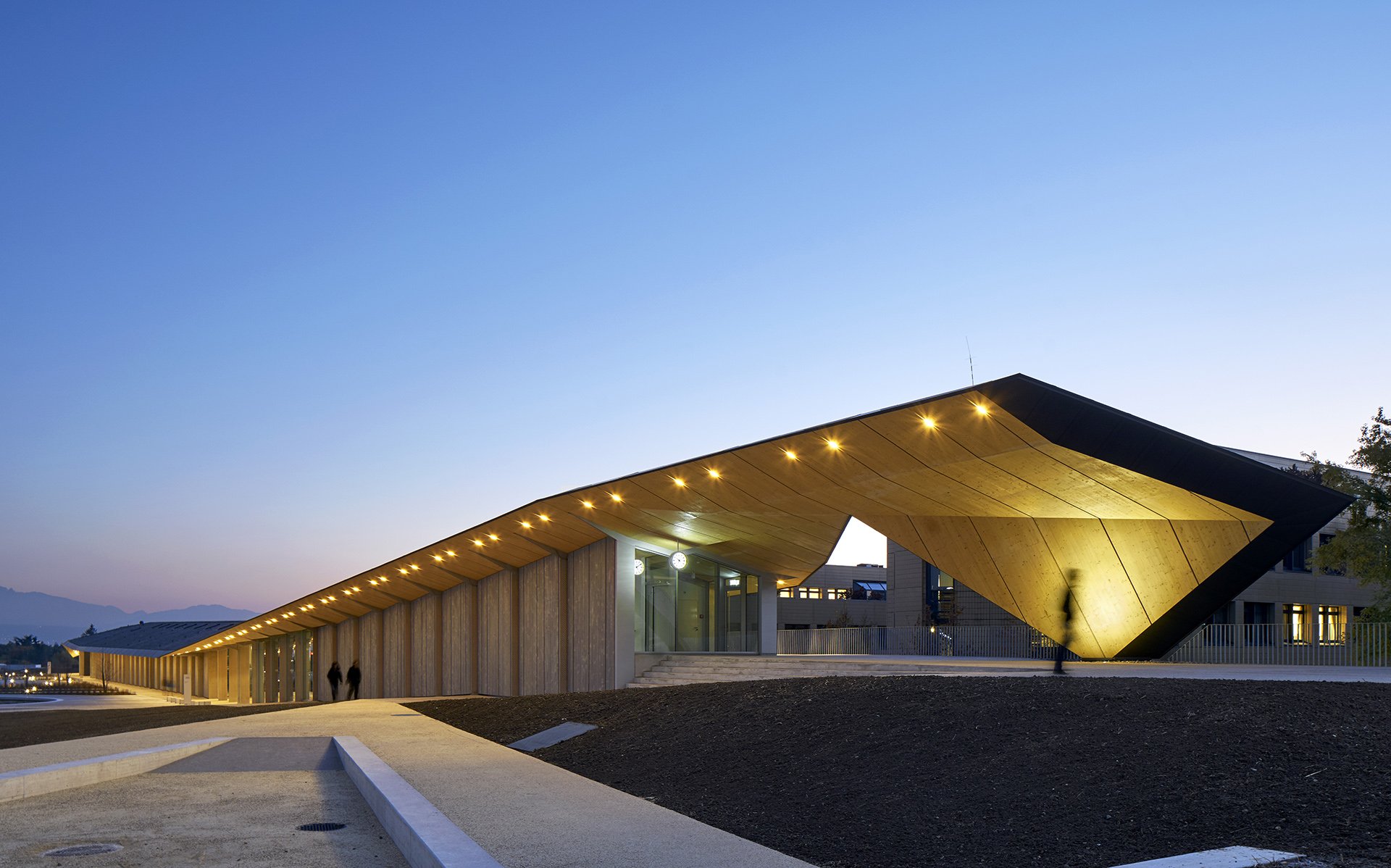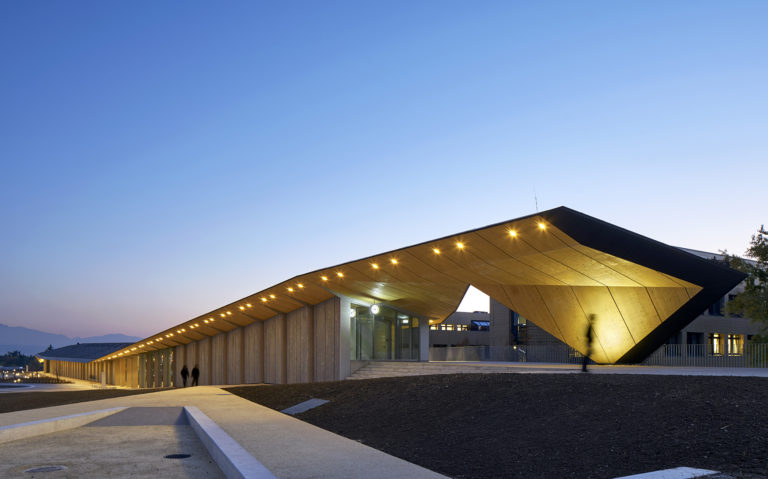This website uses cookies so that we can provide you with the best user experience possible. Cookie information is stored in your browser and performs functions such as recognising you when you return to our website and helping our team to understand which sections of the website you find most interesting and useful.
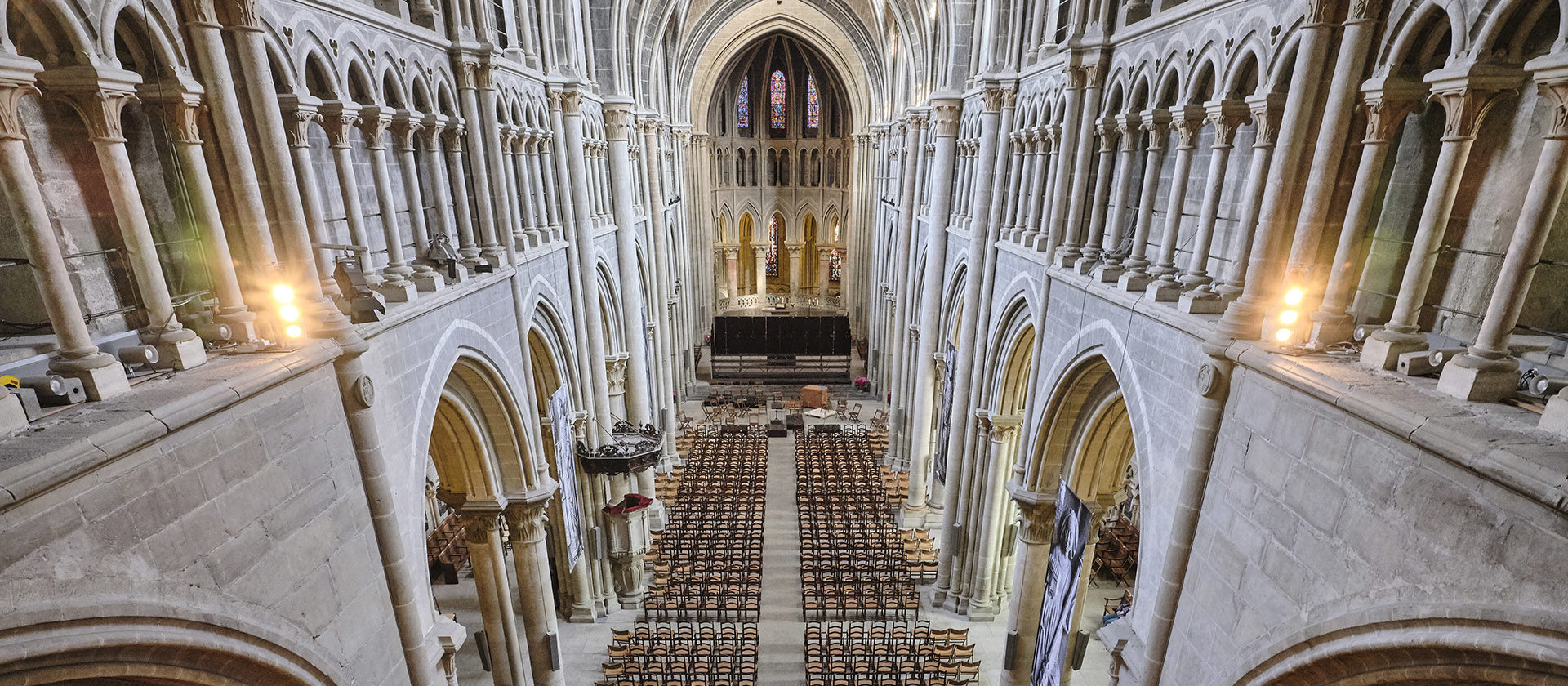
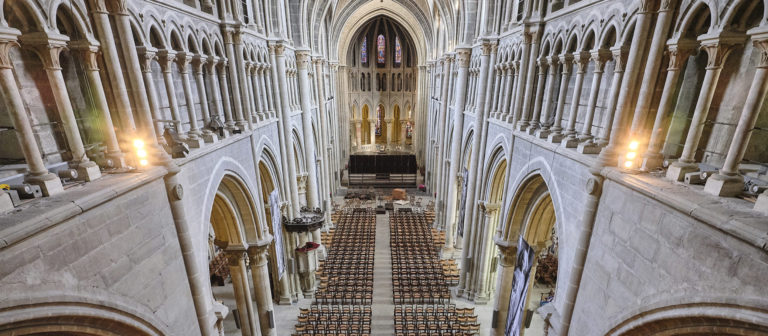
Architecture and historic buildings
This section highlights our architectural heritage, a vital key to our understanding of the city. In this section we present 60 buildings dating from the Middle Ages to the present day – structures that have borne witness to the city’s history. Our selection criteria include architectural value, historical importance, the role of the edifice in the urban landscape, and the approaches of different architects. We hope that each of you will add your own experiences and discoveries to this picture of our city.
Medieval Lausanne
Lausanne’s first Golden Age lasted from the 12th century to the middle of the 14th, a period of growth for all European cities. At that time Lausanne was visited for many reasons: it was the capital of a small state – the Diocese of Lausanne – the headquarters of a larger diocese of the same name, an important stop on the road to Italy, and a popular destination for pilgrimages. The city was spread across the hills of La Cité, Bourg and Saint-Laurent, as well as down into the valleys between them. The population was then around 5,000 to 6,000. The Cathedral is the symbol of this period, from which only a few Gothic structures – but notable ones – have survived.
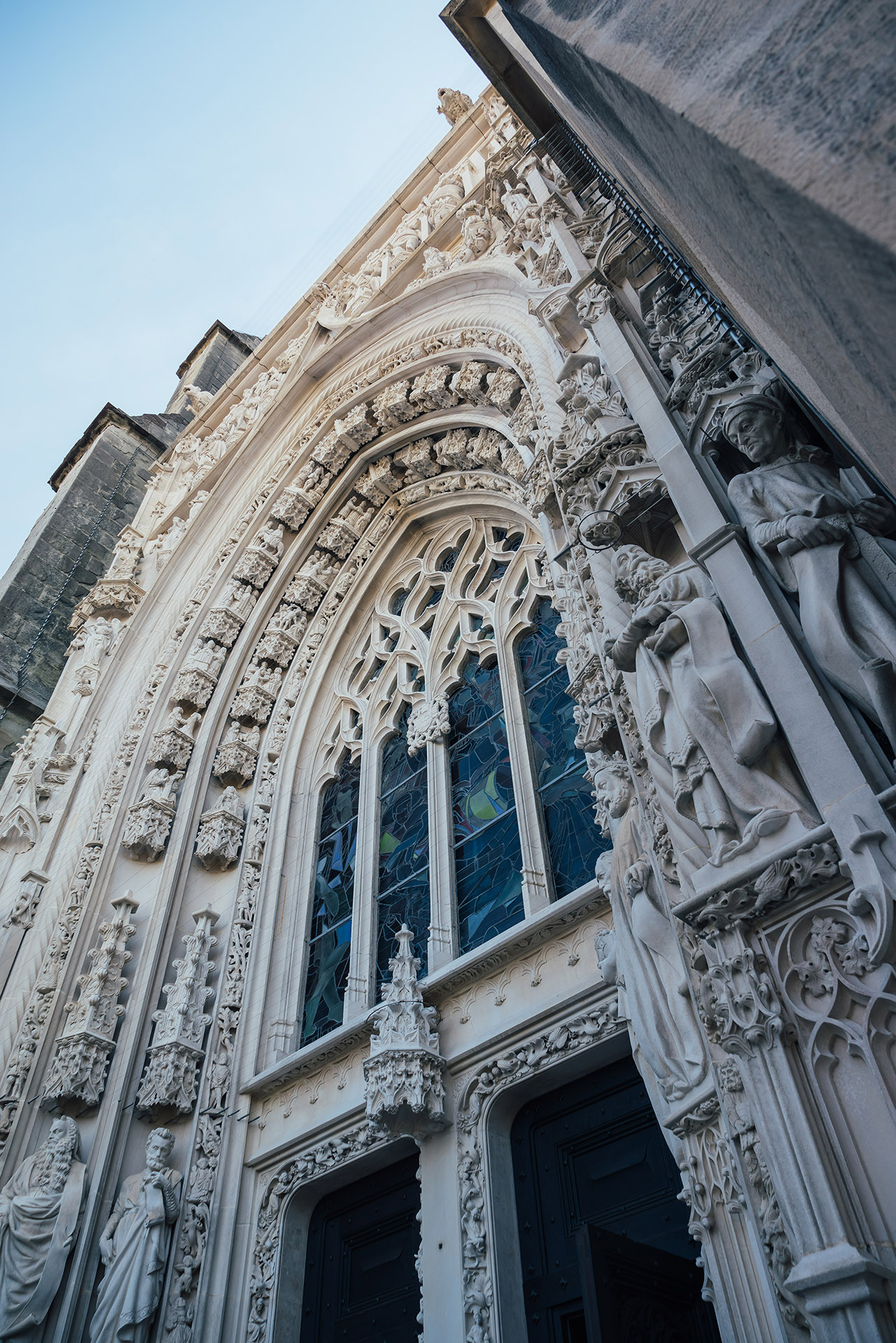
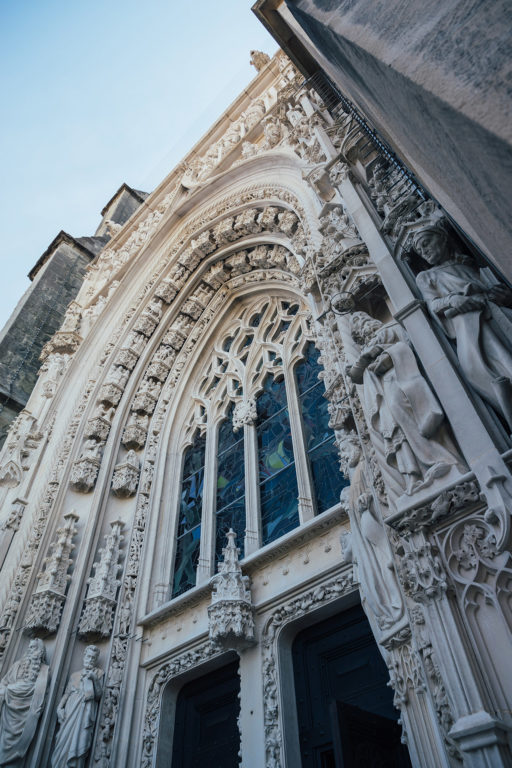
Ancien Régime
The 18th century brought architectural renewal to Lausanne. A small group of local architects, including De Crousaz, Fraisse and Delagrange, were responsible for reconstructing public infrastructure. Following the ideal of a return to nature, the aristocracy built numerous “campagnes” near the city. “Campagne” was a local name for a country estate featuring a mansion and surrounded by parkland. Today these buildings are part of the urban fabric.
Capital of a new canton
As the Vaud region, having won its independence, was becoming a Swiss canton in 1803, Lausanne was laying the milestones for its future metamorphosis. Renewal was in the air. The industrious middle classes were supplanting the aristocracy, and the Catholic Church was reappearing. The city finally moved beyond the limits of its medieval walls and, confronting its rugged landscape, embarked on the construction of a new road to circle the city, with the Grand-Pont as its defining point.
Lausanne in 1900
From 1870 to 1914, there was unprecedented development in Lausanne. Because of its growing population, the city developed on all sides. The arrival of the railway was crucial. The opening of the Simplon in 1906 made Lausanne a major tourist centre. Around Saint-François, imposing monuments were adorned with historical styles and welcomed new infrastructures, a post office, new institutions, the Federal Tribunal, banks and large stores.
The interwar years
For Lausanne, the interwar years were a time to celebrate its new status as one of the largest cities in Switzerland. The Bel-Air Métropole is the most obvious expression of this ambition. Architectural modernism, census analysis and functionalism began to appear. The Bellerive swimming pool, whose construction was part of a plan to counter unemployment, encapsulates the other key characteristics of the time: the arrival of a leisure society and the economic crisis.
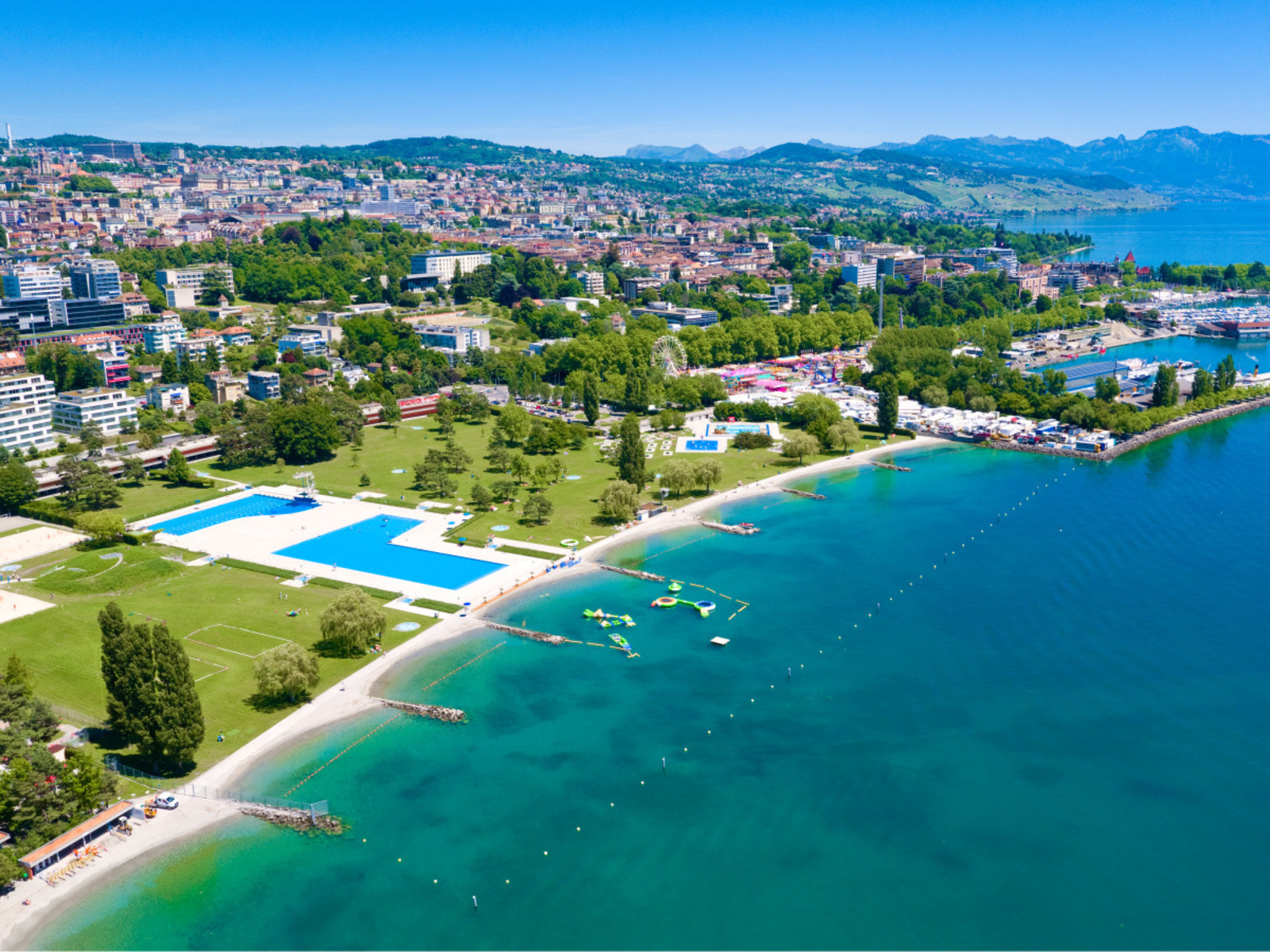
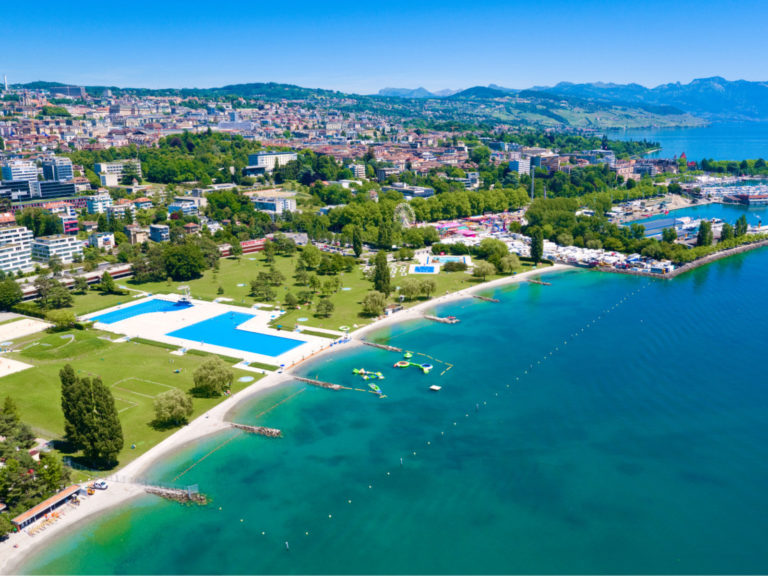
The Post-war boom
The results of the economic prosperity seen in post-war Switzerland are easily recognizable in Lausanne’s city structure. Major companies use their buildings to show off their importance. Examples include the buildings of Vaudoise Assurances and the André group, as well as the Edipresse tower block. The architecture was well-planned, the materials carefully selected, and the use of concrete allowed brave decisions. The 1964 National Exposition was the key event for the city in this period, leading it to modernize its infrastructures.
Lausanne today
Although practically all of the central areas of the city are occupied with buildings today, the problems caused by urban sprawl still prompt attempts at urban densification. Current architecture is thus faced with structures that have already been built and must be preserved or renovated. Integrating new features into this busy urban environment is another important issue, as is adapting them to modern lifestyles in the best possible way.
Present-day urbanism
At the beginning of this 21st century, the role of the city – real, wished for, or only dreamed of – is a question that preoccupies many of us. The whole of Switzerland can be considered as one metropolis composed of several poles, and its rapidly growing cities are taking on a national role. Among the key participants in this debate are the Ecole polytechnique fédérale (Federal Institute of Technology) and the University of Lausanne.
In Lausanne (as elsewhere), these changes are forcing a number of issues to be reconsidered, and a number of new projects, such as the rezoning of some neighbourhoods and the renovation of infrastructures (sporting, cultural or transport). These issues characterize the current discourse on urbanism and suggest the arrival of enduring changes.
